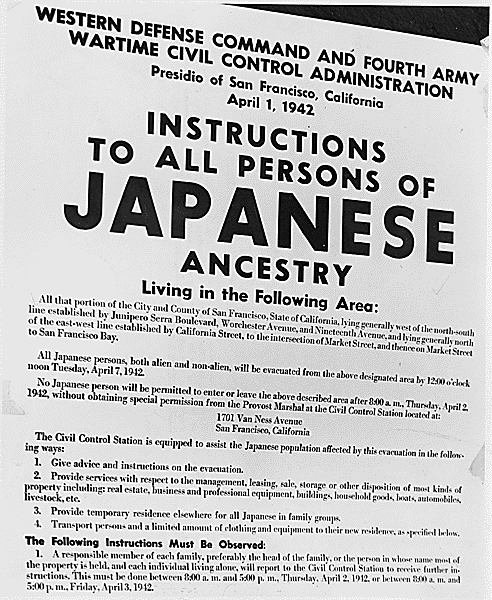President Truman announced his policy of containment of communism in his Truman Doctrine on March 12th of 1947. The document directly spoke about Greece and Turkey, both countries that were located in Eastern Europe and trying to resist Soviet influence politically and economically. Truman wanted to provide military and economic help to countries fighting communism, because he believed that communism threatened the peace of the world and of the US. This belief led to the US sending over four hundred million dollars to these countries to aid them in their struggle. The US did this to protect liberty around the world, and set the policy of containment which would prevail during the Cold War.
Wednesday, March 23, 2016
LAD #36: Truman Doctrine
President Truman announced his policy of containment of communism in his Truman Doctrine on March 12th of 1947. The document directly spoke about Greece and Turkey, both countries that were located in Eastern Europe and trying to resist Soviet influence politically and economically. Truman wanted to provide military and economic help to countries fighting communism, because he believed that communism threatened the peace of the world and of the US. This belief led to the US sending over four hundred million dollars to these countries to aid them in their struggle. The US did this to protect liberty around the world, and set the policy of containment which would prevail during the Cold War.
Saturday, March 12, 2016
LAD #35: Executive Order #9066
FDR issued executive order #9066 on February 19th of 1942. He claimed that the document was needed to prevent any acts of espionage or any other actions taken that were against the US or its war effort. Roosevelt declared that the Secretary of War and Military Commanders had the power to designate military zones. He granted his support to other federal agencies and bureaus as well in order to supply them with whatever materials they needed. He ordered all federal agencies to support the war effort by using all of their resources, like food, land, shelter, equipment, etc. The executive order led to the establishment of Japanese internment camps in the military zones, in which innocent Japanese-Americans were taken to so to prevent espionage.
LAD #34: FDR's Declaration of War
Following the Japanese attack on Pearl Harbor in December of 1941, FDR asked Congress for a declaration of war. The attack caused 2335 deaths, but failed to destroy the American aircraft carriers. Calling it the "date which will live in infamy," he declares that the US was at peace with Japan prior to the attack, and that it was not initiated by the US. He also states that an hour before the attack, the Japanese had a message delivered to the Americans claiming that there was no threat of an attack. FDR also says that the Japanese were attacking islands such as Guam and the Philippines. Roosevelt ended the speech by declaring that the nation will be defended and that America will take a stand against the attacks of the Japanese. He wanted to show the world how strong America really was, and war was declared on the Japanese the next day, and three days later, on Italy and Germany.
Saturday, March 5, 2016
LAD #33: FDR's First Inaugural Address
In his first address, FDR acknowledges that he will commence his presidency while facing a long and difficult journey through the crisis that is the economic depression. He claimed that although the issue loomed over the country, it was not as devitalizing as the people believed. He was confident in his belief that "the only thing America had to fear was fear itself." The hope that was present during his speech was also prevalent throughout his presidency. Although some thought that FDR was foolishly hopeful, he was in fact a realist, and he clearly recognized the poor state of the economy which left families without savings, farmers without markers, industry without trade, and men without any hope of reclaiming the money lost in the stock market crash. Roosevelt did not criticize these men for focusing on personal wealth, but instead insisted that the ethics of the country mut change to benefit many. He followed through on this ideology by employing more people, redistributing the population from overcrowded cities, raising the value of agricultural goods, and reducing the cost of federal, state, and local gov'ts. To finish off his speech, FDR adds on to his policy of collective action and self-sacrifice. He ends his speech with confidence, looking towards the future with a pragmatic sense of optimism.
LAD #32: The Kellogg-Briand Peace Pact
The pact was the ineffective result of numerous nations being sick and tired of war. Following World War 1, the leaders of many countries were interested in working together to make indefinite peace possible. The US, Great Britain, France, Germany, Belgium, Ireland, Canada, Australia, New Zealand, South Africa, Italy, Japan, Poland, and Czechoslovakia were all some of the members to agree to the treaty. These nations agreed to take passive action to resolve problems, claiming that war was a barbaric practice that should not be considered as a strategy of diplomacy. The first Article of the Pact outlawed war to solve any international problems, and the second Article required that all conflicts should be resolved through pacific diplomatic solutions. The third Article stated that the treaty was open to other countries that didn't join originally, in case they decide that they don't want to include war in their foreign policy any longer. Article three also gave the US the responsibility of providing all the agreeing nations with a written copy of the Treaty after it was ratified.
Subscribe to:
Comments (Atom)
